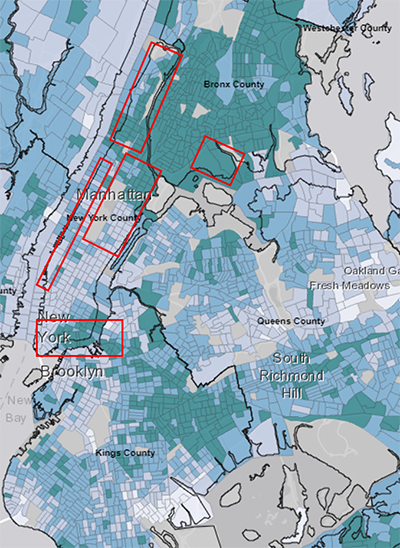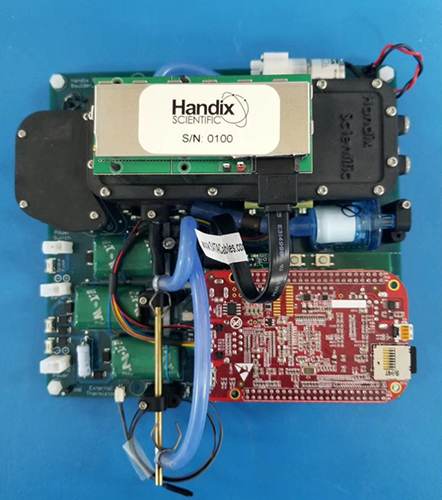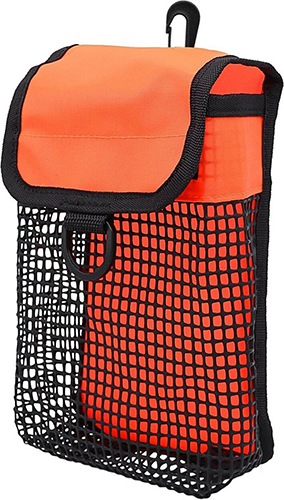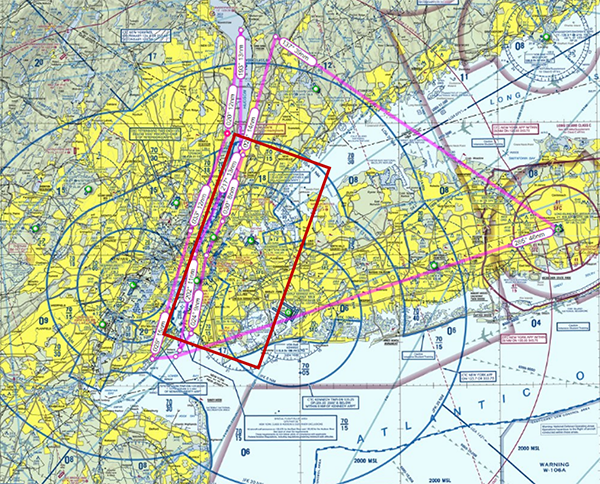Measurements

Students at CCNY and affiliated with the NOAA Hollings Program carried the Portable Ozone Monitor (POM) [Andersen et al., 2010] and the Personal Air Monitor (PAM) developed at 2B Tech (Boulder, Colorado), concurrently with the Portable Optical Particle Spectrometer (POPS) [Gao et al., 2016] developed by NOAA CSL, in mesh bags attached to a backpack through NYC. The PI was in the field and engaged with the students and the CCNY scientists in order to monitor emerging scientific questions. We were aware that we tasked healthy individuals with exposing themselves to poor air quality and perhaps for extended periods in a way that is outside their normal envelope of exposure. Mitigation options were pursued such as providing N95 masks for participants and limits in exposure time.
As a starting point, routes were planned to be mainly between Inwood and Times Square in NYC, with repetitive walks in Inwood Hill Park, Fort Tryon Park, Highbridge Park and Central Park where maximum ozone levels and minimum PM2.5 levels are expected. In contrast, sampled routes included Broadway, St Nicholas Avenue, Sherman Avenue, George Washington Bridge and Times Square, where minimum ozone levels and maximum PM2.5 levels were expected due to high nitrogen oxide emissions, from car exhaust and other sources, which destroy ozone. We also included playgrounds and outdoor recreation facilities. Planned routes covered South Bronx and lower Manhattan as well and the sampled routes evolved to meet the community's interests.
The deployment relied on three air quality forecast models (RAP-Chem, WRF-Chem, RAQMS) to inform our deployment so that they occur before, during and after a heat wave event. We planned on 3 weeks of deployment (21 days that includes 21 July - 18 August 2023) coordinated with the CUPiDS campaign research flights that occurred around the same timeframe (15 July - 15 August 2023).




